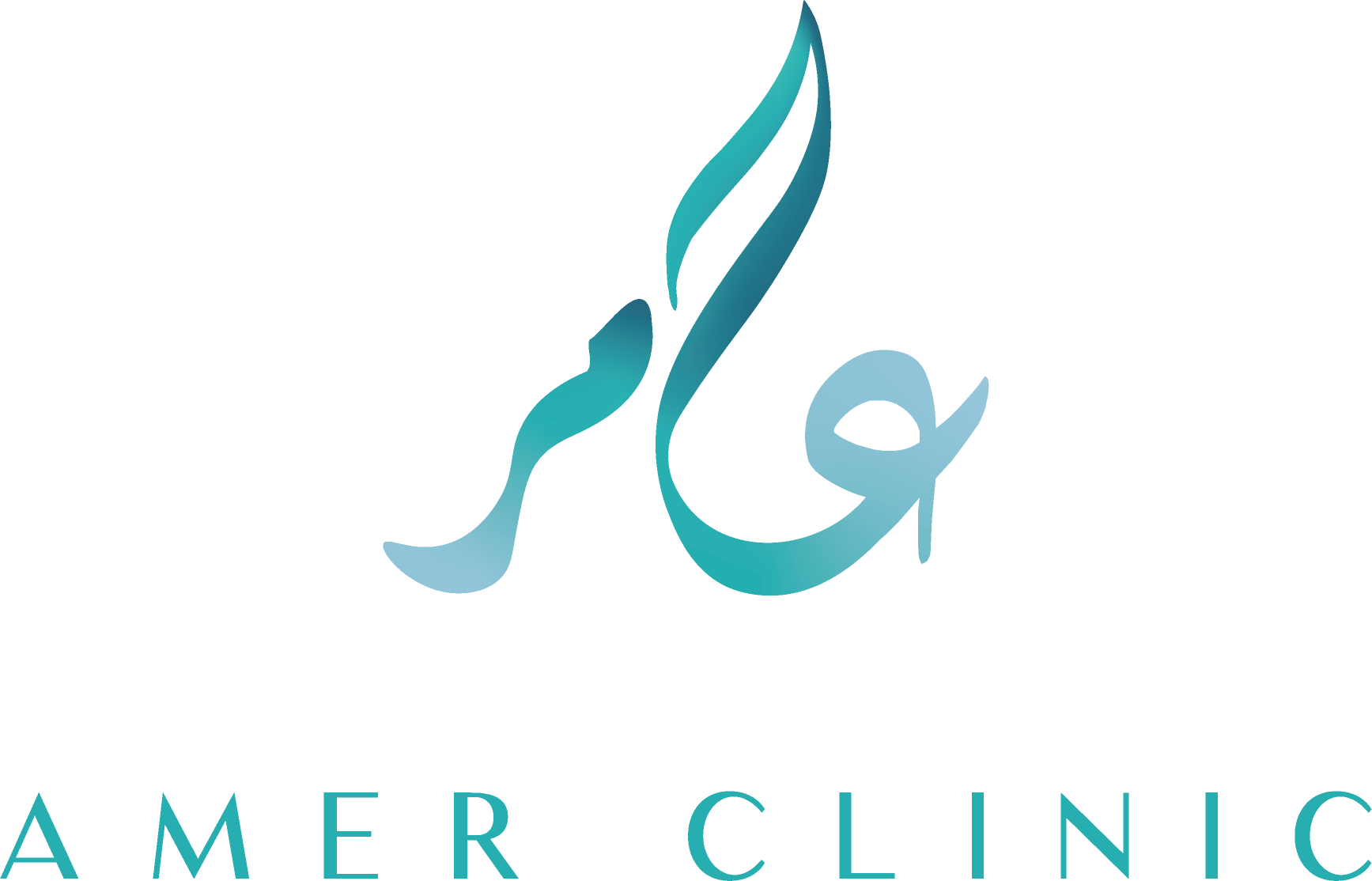Treatment of Facial Paralysis – Restoring Movement, Expression, and Confidence
Facial paralysis can have a profound impact on a person’s life. It affects not only facial movement but also emotional expression, speech, eating, and social interaction. Whether caused by Bell’s palsy, trauma, tumors, or congenital conditions, facial paralysis requires timely and specialized care to prevent long-term complications.
Modern medicine now offers several effective solutions to restore facial function, symmetry, and quality of life.
Understanding Facial Paralysis
Facial paralysis occurs when the seventh cranial nerve (facial nerve) is damaged, inflamed, or compressed. This nerve controls most of the facial muscles and plays a key role in smiling, blinking, frowning, and speaking.
Common causes include:
-
Bell’s palsy (sudden, temporary weakness)
-
Skull base tumors or acoustic neuromas
-
Traumatic injury to the facial nerve
-
Post-surgical nerve damage
-
Congenital facial nerve palsy
Symptoms of Facial Paralysis
-
Inability to smile, blink, or raise eyebrows on one side of the face
-
Drooping of the mouth or eyelid
-
Excessive tearing or dry eye
-
Difficulty eating, drinking, or speaking
-
Unintended facial movements (synkinesis)
-
Loss of facial symmetry and expression
Advanced Treatment Options
Treatment depends on the cause, duration, and severity of the paralysis. At specialized centers like the Amer Facial Paralysis Center, a range of both non-surgical and surgical options are offered:
✅ Medical Therapy (for early cases)
-
Corticosteroids and antivirals for Bell’s palsy
-
Eye protection to prevent corneal damage
-
Supportive care and observation for natural recovery
✅ Botulinum Toxin (Botox) for Synkinesis
Used to relax overactive muscles and correct involuntary facial movements that may develop during nerve regeneration.
✅ Physical Therapy and Neuromuscular Retraining
Guided exercises help improve muscle coordination, reduce stiffness, and enhance voluntary control.
✅ Microsurgical Nerve Repair
If the nerve is severed or significantly damaged, microsurgery can reconnect or graft nerves to restore function.
✅ Cross-Facial Nerve Grafting
A healthy nerve from the non-paralyzed side is grafted to the affected side to restore symmetrical movement.
✅ Free Muscle Transfer (e.g., Gracilis Muscle)
When long-term paralysis causes muscle loss, a new muscle (often from the leg) can be transferred to recreate facial motion, especially for smiling.
✅ Static Suspension Surgery
Involves lifting and supporting facial tissues to improve appearance and reduce drooping when full movement cannot be restored.
Choosing the Right Specialist Matters
Effective facial paralysis treatment requires experience, precision, and an individualized approach. Surgeons like Dr. Tarek Amer, with international training and over two decades of expertise in facial nerve surgery and microsurgery, provide comprehensive care that covers the full spectrum — from diagnosis to full recovery.
Final Thoughts
Facial paralysis doesn’t have to be a lifelong burden. With early intervention and the right team, movement can be restored, symmetry regained, and confidence rebuilt. Whether you’re in the early stages or have lived with paralysis for years, modern treatments can help you smile again — naturally and confidently.
